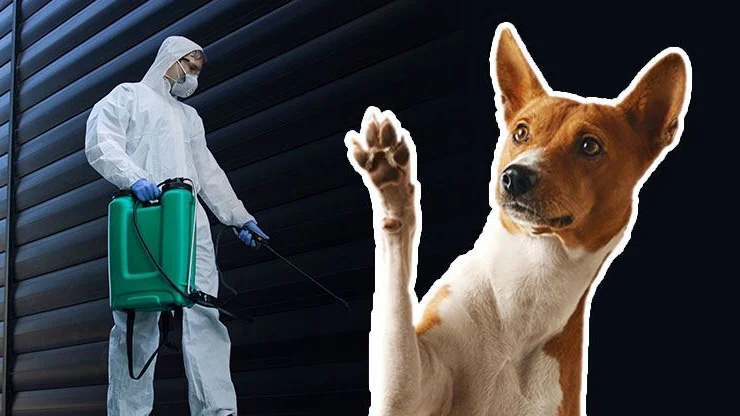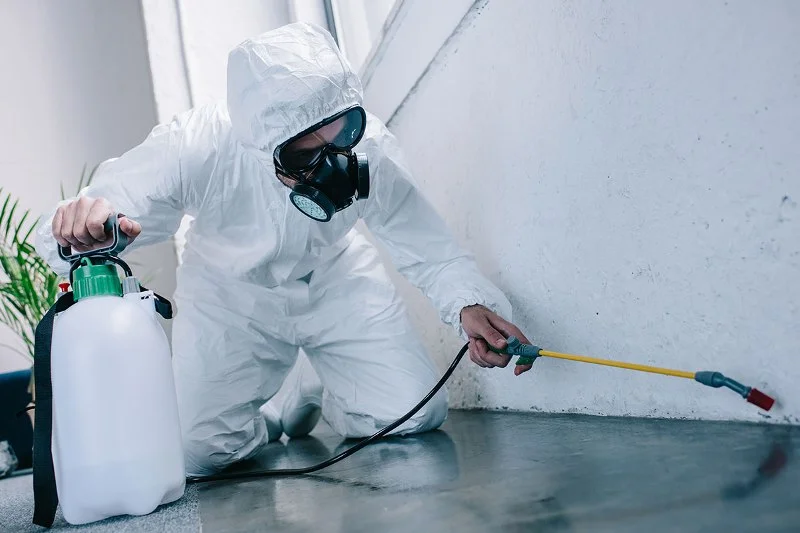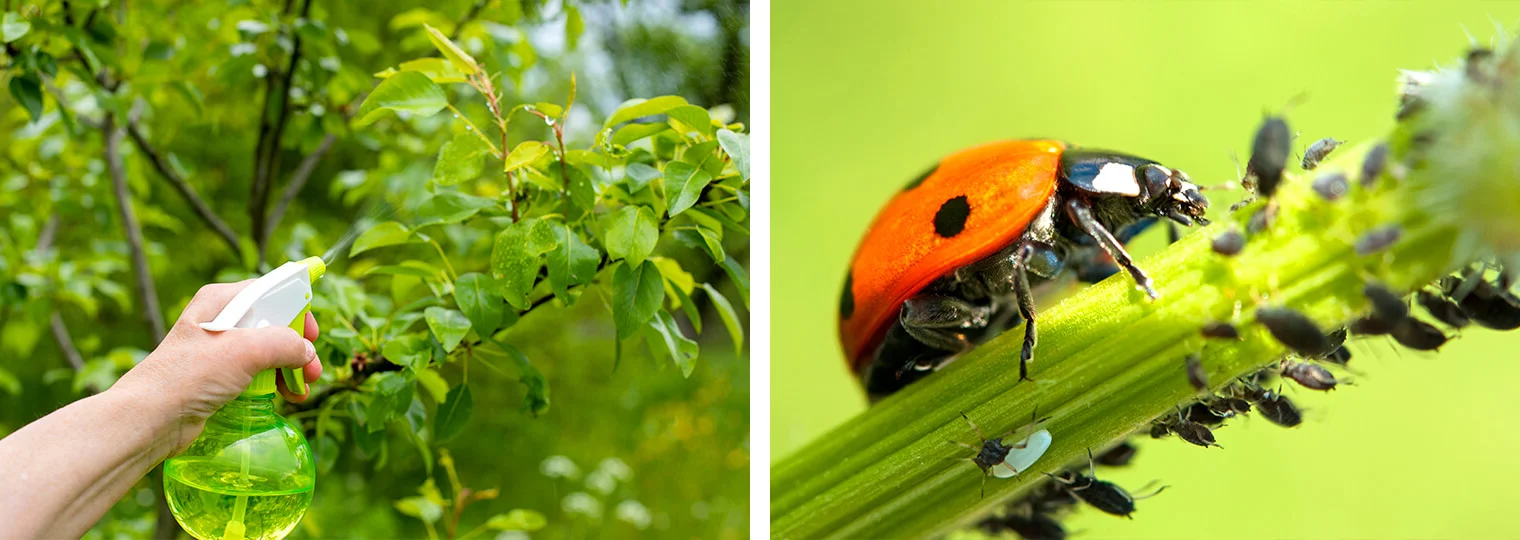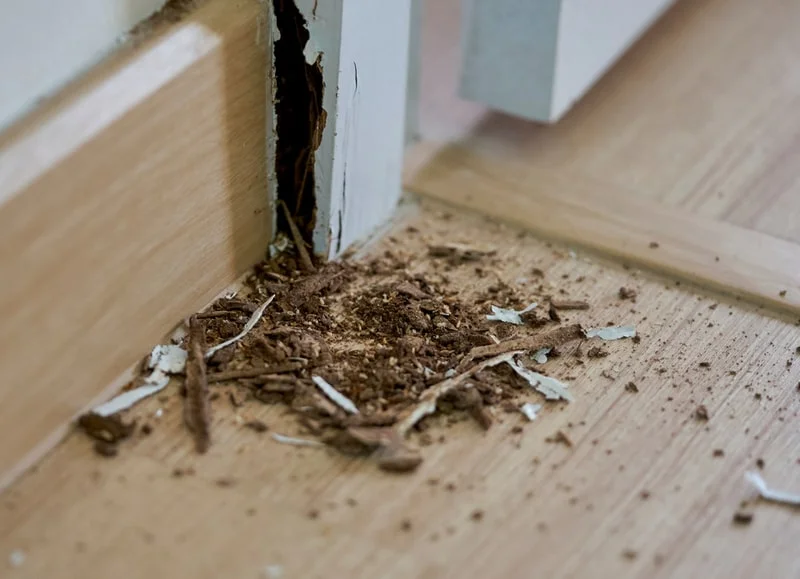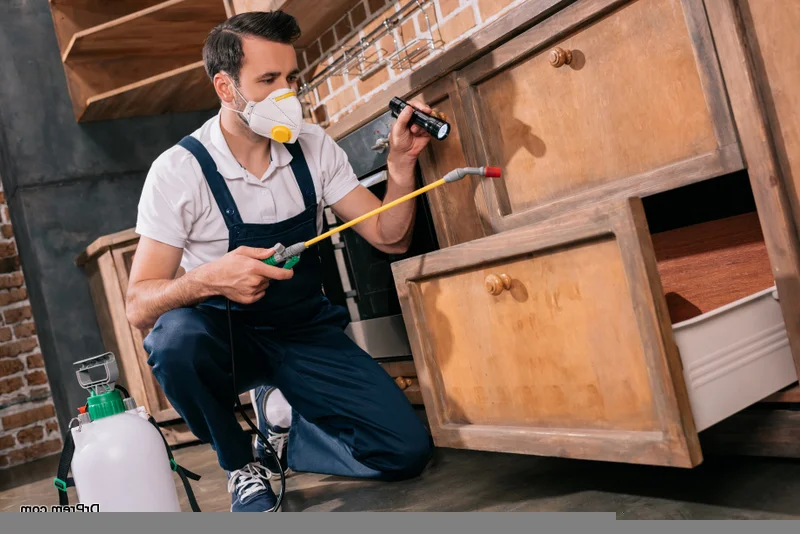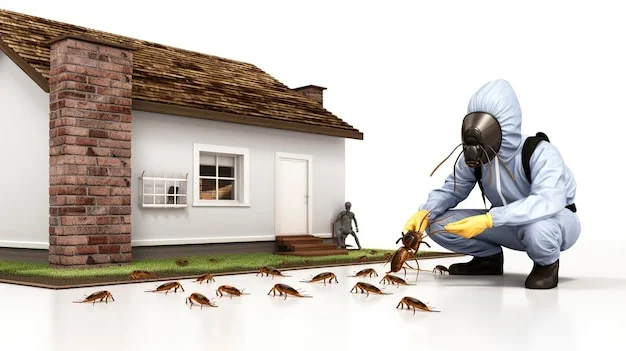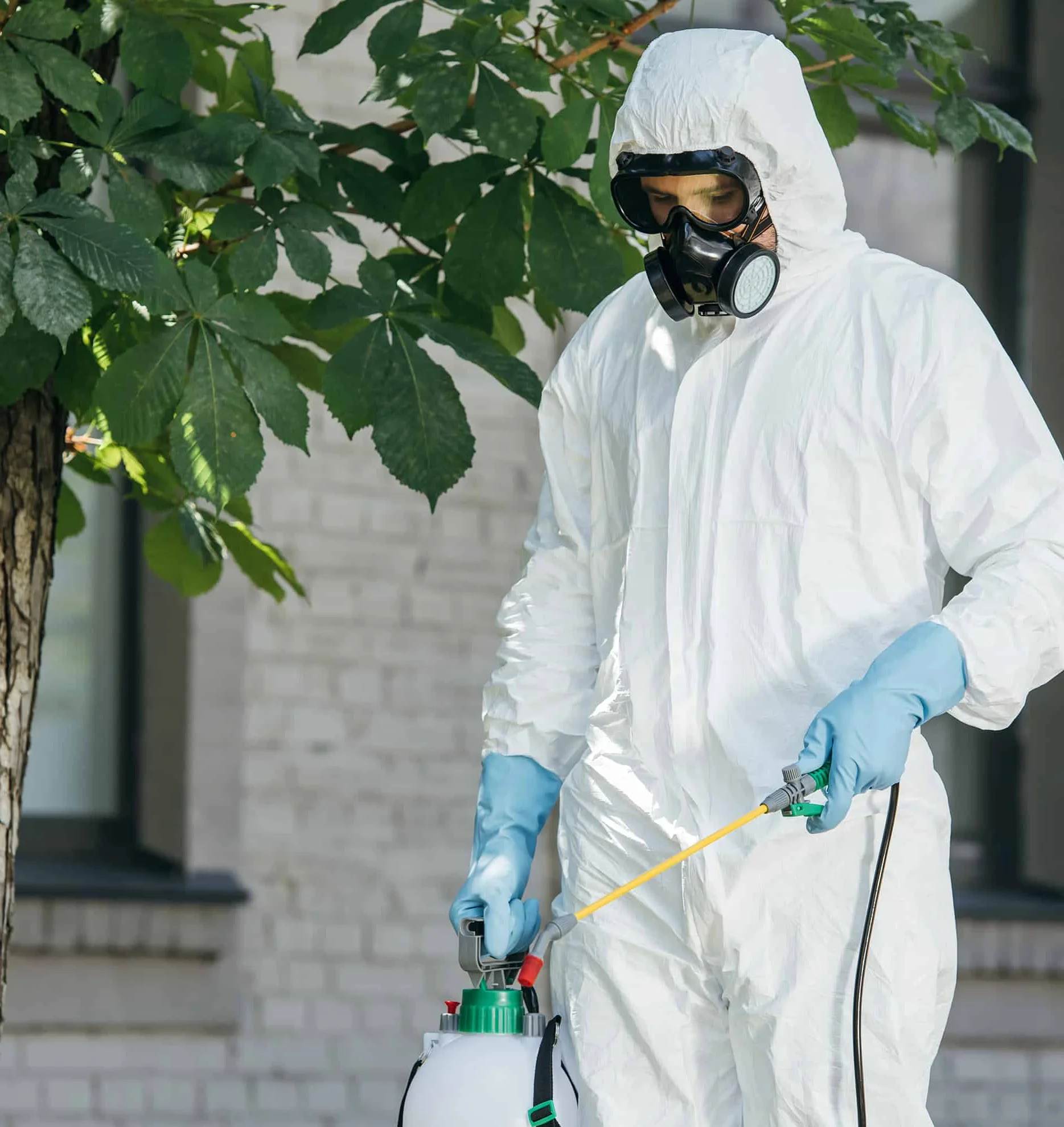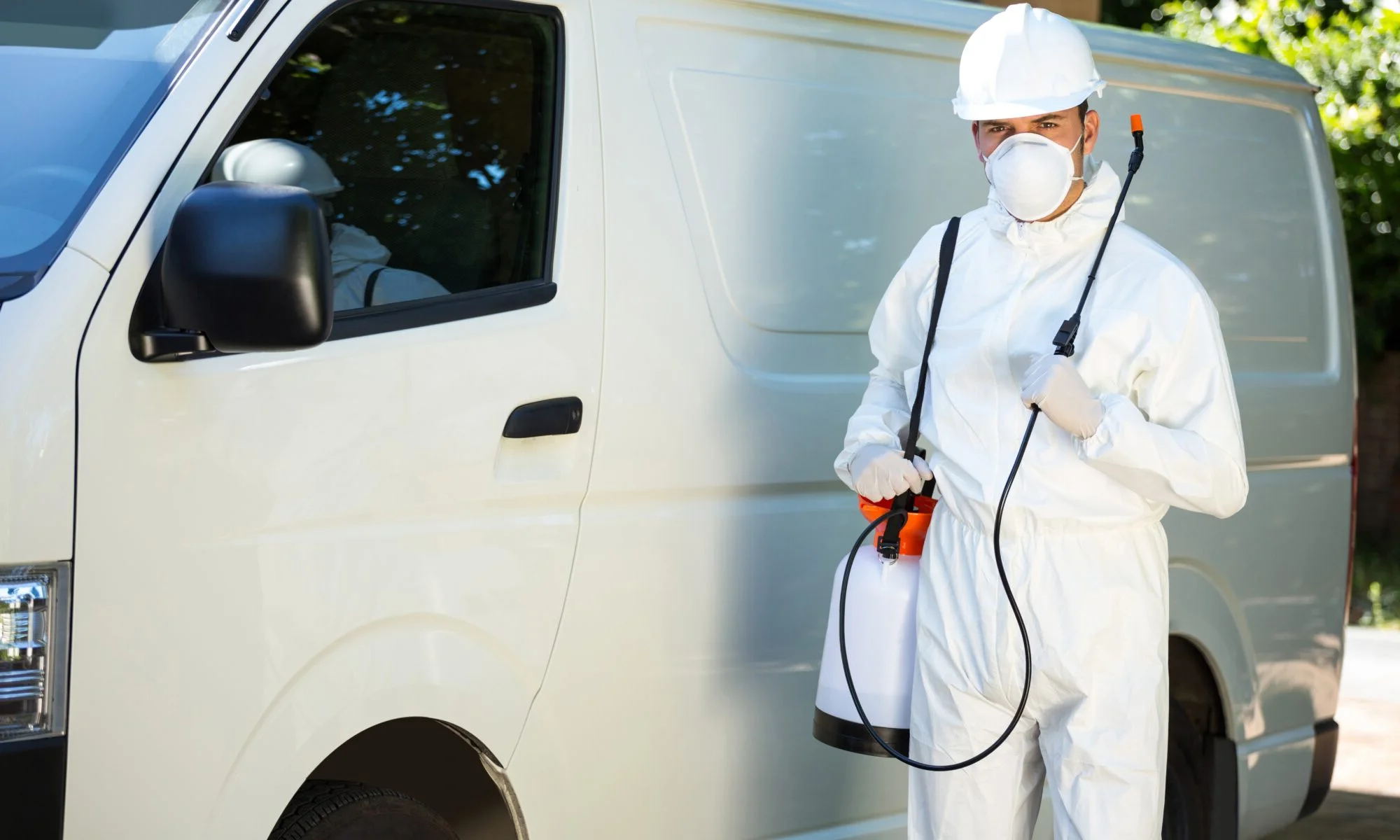Flea infestations can quickly transform a comfortable home into an unbearable environment for both humans and pets. Flea control requires specialized knowledge and comprehensive treatment approaches that address not only adult fleas but also the eggs, larvae, and pupae that comprise the majority of any flea population. These persistent parasites can reproduce rapidly, with a single female flea capable of laying up to 50 eggs per day, creating cycles of re-infestation that frustrate homeowners and cause ongoing discomfort for beloved pets.
Effective flea elimination goes beyond simple spraying – it demands understanding of flea biology, life cycles, and behavior patterns that enable these resilient insects to establish persistent populations in carpets, upholstery, and pet bedding areas. Professional flea extermination combines targeted treatments, environmental management, and prevention strategies that break the flea life cycle and provide long-term relief from these troublesome pests. Without proper intervention, flea problems can persist for months, causing significant discomfort and potential health concerns for both family members and pets.
Don't let fleas take over your home! Get professional flea control treatment
FAST relief for your family and pets.
Schedule your flea inspection today!
Understanding Flea Biology and Behavior
Successful flea control requires understanding the complex biology and behavior patterns that make these insects such persistent household pests. Fleas are highly specialized parasites that have evolved sophisticated survival strategies:
-
Complex life cycle with four distinct stages Fleas undergo complete metamorphosis through egg, larva, pupa, and adult stages. Adult fleas represent only about 5% of the total population, while eggs, larvae, and pupae make up the remaining 95% hidden in carpets and furniture.
-
Rapid reproduction capabilities Female fleas can begin laying eggs within 24-48 hours of their first blood meal, producing 20-50 eggs daily for several weeks. This exponential reproduction potential means small problems can become major infestations quickly.
-
Environmental resilience Flea eggs and larvae can survive for weeks in carpets, cracks, and pet bedding areas. Pupae can remain dormant for months, emerging as adults when conditions become favorable or when vibrations indicate potential hosts are nearby.
-
Host-seeking behavior Adult fleas are attracted to warmth, carbon dioxide, and movement, allowing them to locate hosts efficiently. They can jump up to 8 inches vertically and 16 inches horizontally to reach their targets.
-
Feeding requirements Adult fleas must feed on blood within a few days of emerging to survive and reproduce. They prefer warm-blooded animals but will feed on humans when pet hosts are unavailable.
Understanding these biological factors is essential for developing effective treatment strategies that address all life stages and prevent re-infestation cycles that can persist for months without proper intervention.
Recognizing Signs of Flea Infestation
Early detection of flea activity is crucial for preventing minor issues from developing into major infestations that affect the entire household. Here are the key indicators that suggest flea activity in your home:
Pet Behavior Changes
Pets often show the first signs of flea activity through excessive scratching and grooming
Pets typically display the earliest and most obvious signs of flea infestation through changes in behavior and comfort levels. Excessive scratching, biting at fur, and restless behavior often indicate flea activity before humans notice any signs.
Additional pet-related signs include hair loss from excessive scratching, red or irritated skin, and the presence of "flea dirt" – small black specks in pet fur that turn reddish-brown when moistened, indicating digested blood from flea feeding.
Human Symptoms
Humans typically experience flea bites as small, red, itchy welts that often appear in clusters or lines, particularly around ankles and lower legs where fleas can easily access from carpet-level positions. These bites are often more intensely itchy than mosquito bites and can persist for several days.
Some individuals may develop allergic reactions to flea saliva, resulting in more severe swelling, prolonged itching, or secondary infections from scratching. Children and sensitive individuals may experience more pronounced reactions to flea feeding activity.
Environmental Indicators
Professional inspections can detect flea eggs and larvae hidden in carpets and furniture
Environmental signs of flea activity include seeing small, dark insects jumping in carpeted areas, particularly when walking across floors or disturbing pet bedding areas. Adult fleas are most visible during daylight hours when their movement contrasts against light-colored surfaces.
Other environmental indicators include finding flea eggs (tiny white specks) or larvae (small, worm-like creatures) in carpet fibers, pet bedding, or furniture crevices. These immature stages are often more numerous than adult fleas but require close inspection to detect.
Comprehensive Flea Treatment Approaches
Effective flea extermination requires comprehensive treatment approaches that address all life stages simultaneously while considering the safety of family members and pets. Professional flea control combines multiple strategies to achieve rapid elimination and prevent re-infestation.
Successful programs integrate targeted chemical treatments, environmental management, pet treatment coordination, and follow-up services that ensure complete elimination of flea populations and prevent future infestations from developing.
Pet-Safe Treatment Priority
Our flea control programs prioritize the safety of your family and pets while delivering effective results. All treatments are specifically selected and applied to eliminate fleas without compromising the health and well-being of your household.
Here's a comparison of different flea treatment approaches and their effectiveness:
| Treatment Method |
Effectiveness |
Best Applications |
| Professional Chemical Treatment |
Highly effective against all life stages; provides residual protection; targets hidden populations.
|
Established infestations; homes with multiple pets; severe flea problems requiring immediate relief.
|
| Integrated Growth Regulators |
Excellent for preventing development of immature stages; long-lasting effects; reduces reproduction.
|
Prevention programs; breaking reproduction cycles; maintaining long-term flea control in pet households.
|
| Natural and Organic Treatments |
Moderate effectiveness; safer for sensitive households; requires frequent applications.
|
Households with young children; pets with chemical sensitivities; preference for natural approaches.
|
| Heat Treatment |
Highly effective for immediate elimination; kills all life stages; chemical-free approach.
|
Chemical-sensitive households; immediate elimination needs; localized severe infestations.
|
| Comprehensive IPM Program |
Maximum effectiveness; addresses all factors; provides long-term prevention; customizable approach.
|
Recurring flea problems; multiple pets; households requiring ongoing prevention and monitoring.
|
The optimal approach depends on infestation severity, household composition, pet considerations, and homeowner preferences. Most severe infestations benefit from professional chemical treatments combined with integrated management strategies.
Pet Treatment Coordination and Safety
Working with Veterinarians
Successful flea control requires coordination between professional pest control treatments and veterinary flea treatments for pets. This collaboration ensures comprehensive elimination while avoiding treatment conflicts that could compromise effectiveness or pet safety.
Professional pest control specialists work with veterinarians to coordinate treatment timing, select compatible products, and develop comprehensive strategies that address both environmental flea populations and on-pet infestations simultaneously for maximum effectiveness.
Pet Safety Considerations
All flea treatments must consider pet safety and health requirements while maintaining effectiveness against flea populations. This includes selecting pet-safe products, providing appropriate re-entry times, and coordinating treatments to avoid chemical interactions that could affect pet health.
Professional treatments include specific protocols for protecting pets during application, establishing safe re-entry periods, and providing guidance on pet care during treatment periods to ensure both effectiveness and safety.
Treatment Timing and Coordination
Effective flea elimination requires precise timing of environmental treatments with pet treatments to maximize effectiveness and prevent re-infestation. This coordination ensures that fleas eliminated from pets don't simply re-establish from environmental sources, and environmental treatments target fleas that might jump from treated pets.
Professional programs provide detailed coordination guidance that helps pet owners time veterinary treatments with environmental applications for optimal results and fastest relief from flea activity.
Ready to eliminate fleas from your home? Get professional flea extermination that's safe for your family and pets.
Contact us today for immediate flea relief!
Flea Prevention and Long-Term Management
Environmental Management
Long-term flea prevention requires comprehensive environmental management that eliminates breeding sites and reduces conditions favorable to flea development. This includes regular vacuuming, humidity control, and yard management that prevents outdoor flea populations from establishing near the home.
Effective environmental management includes maintaining clean pet areas, regular washing of pet bedding, and yard treatments that eliminate flea development sites in outdoor areas where pets spend time.
Regular Monitoring and Maintenance
Preventing flea re-infestation requires ongoing monitoring and maintenance that detects early flea activity before populations can establish. This includes regular pet inspections, environmental monitoring, and maintenance treatments that prevent new infestations from developing.
Professional prevention programs provide regular monitoring services, seasonal treatments, and early detection systems that maintain flea-free environments while protecting against new infestations that could develop from outdoor sources or visiting animals.
Seasonal Prevention Programs
Flea activity varies seasonally, with peak populations typically occurring during warm, humid months when outdoor conditions favor flea development and reproduction. Effective prevention programs anticipate these seasonal patterns and provide enhanced protection during high-risk periods.
Seasonal programs include intensified yard treatments during spring and summer months, enhanced monitoring during peak flea season, and preparation treatments that prevent indoor infestations before outdoor populations peak.
DIY Methods vs Professional Flea Control
Limitations of DIY Approaches
While DIY flea treatments are widely available, they often fall short of providing comprehensive elimination that addresses all life stages and prevents re-infestation. Most over-the-counter products target only adult fleas, leaving eggs, larvae, and pupae to continue the infestation cycle.
DIY approaches frequently fail to address the complex biology and hidden populations that make fleas such persistent pests, resulting in temporary relief followed by renewed infestations that can persist for months without proper professional intervention.
Professional Treatment Advantages
-
Comprehensive life cycle targeting Professional treatments address all flea life stages simultaneously, using specialized products and application methods that eliminate existing populations and prevent development of immature stages.
-
Specialized equipment and expertise Professional technicians use commercial-grade equipment and proven application techniques that ensure thorough coverage and optimal product performance in all areas where fleas hide and develop.
-
Customized treatment programs Professional services develop treatment plans based on specific household conditions, pet requirements, and infestation severity, providing solutions tailored to each unique situation.
-
Safety and efficiency Professional treatments maximize effectiveness while ensuring safety for family members and pets through proper product selection, application methods, and safety protocols.
-
Follow-up and guarantee Professional services include follow-up treatments and performance guarantees that ensure complete elimination and provide ongoing support if problems persist.
Professional flea control provides faster, more reliable results with comprehensive approaches that address the complex challenges of complete flea elimination and prevention.
Health Concerns and Flea-Related Diseases
Human Health Impacts
Flea infestations can pose significant health concerns for humans, particularly children and individuals with compromised immune systems or flea allergies. Beyond the discomfort of itchy bites, fleas can transmit diseases and cause secondary health issues that require medical attention.
Common health concerns include allergic reactions to flea saliva, secondary bacterial infections from scratching bite wounds, and in rare cases, transmission of diseases such as murine typhus or plague in areas where these diseases are endemic.
Pet Health Considerations
Fleas pose serious health risks to pets, including flea allergy dermatitis, anemia from severe infestations, and transmission of parasites such as tapeworms. Young, elderly, or compromised pets are particularly vulnerable to health complications from flea feeding activity.
Severe flea infestations can cause significant blood loss in small pets, leading to anemia that requires veterinary treatment. Additionally, constant scratching and biting can result in secondary skin infections and hair loss that affects pet comfort and well-being.
Disease Transmission Risks
While disease transmission from fleas is relatively rare in modern developed areas, fleas can potentially transmit several serious diseases including plague, murine typhus, and serve as intermediate hosts for tapeworms. These risks emphasize the importance of prompt, effective flea control.
Professional flea elimination reduces these health risks while providing the comprehensive treatment necessary to protect both human and pet health from flea-related complications and disease transmission possibilities.
Cost-Effective Flea Control Solutions
Understanding Treatment Investment
Professional flea control represents a cost-effective investment that provides rapid relief and long-term prevention compared to the ongoing costs and frustration of attempting DIY solutions that often fail to achieve complete elimination.
When considering the costs of multiple DIY product purchases, veterinary bills for pet treatment, potential medical expenses for family members, and the time and effort required for repeated applications, professional treatment often provides superior value and results.
Preventing Costly Complications
Prompt professional flea treatment prevents costly complications including extensive home cleaning, carpet replacement, ongoing veterinary expenses, and potential medical bills for family members suffering from severe flea bite reactions or secondary infections.
Early professional intervention also prevents minor flea problems from developing into severe infestations that require more extensive and expensive treatment approaches, providing cost savings through prevention and early treatment.
Long-Term Value and Peace of Mind
Professional flea control provides long-term value through effective elimination, prevention programs, and peace of mind that comes from knowing your family and pets are protected by proven, reliable solutions that address both immediate problems and future prevention needs.
Comprehensive professional programs include follow-up services, guarantees, and ongoing support that ensure continued protection and provide immediate assistance if any flea activity recurs, delivering ongoing value and security for your household.
Seasonal Flea Management
Spring Activation (March-May)
- Increased outdoor flea activity
- Pet flea prevention emphasis
- Yard treatment preparation
- Early detection monitoring
Focus: Prevent flea establishment as temperatures warm and outdoor activity increases.
Peak Season (June-August)
- Maximum flea reproduction
- Intensive monitoring programs
- Enhanced yard treatments
- Rapid response protocols
Focus: Maintain comprehensive protection during peak flea activity and reproduction periods.
Indoor Migration (September-November)
- Fleas seeking indoor shelter
- Enhanced indoor treatments
- Preparation for winter
- Continued monitoring
Focus: Prevent outdoor fleas from establishing indoor populations as temperatures drop.
Indoor Management (December-February)
- Indoor flea activity focus
- Heating system considerations
- Pet treatment coordination
- Prevention planning
Focus: Maintain indoor flea control and prepare prevention strategies for the upcoming season.
Flea Control Success Stories
"After months of trying DIY solutions, PestControl100 eliminated our severe flea infestation in just two weeks. Our pets are comfortable again, and we haven't seen a single flea in over six months. The treatment was completely safe for our cats and children."
- Jennifer Martinez, Pet Owner
★★★★★
"The professional approach made all the difference. They coordinated with our veterinarian, treated both our home and yard, and provided follow-up service that ensured complete elimination. Worth every penny for the peace of mind and immediate relief."
- Michael Thompson, Homeowner
★★★★★
"I was amazed at how quickly the treatment worked. Within days, our dog stopped scratching constantly, and we stopped getting bite marks on our ankles. The prevention program has kept us flea-free for over a year now."
- Sarah Johnson, Dog Owner
★★★★★
Frequently Asked Questions
How quickly can professional flea treatment eliminate an infestation?
Professional flea treatments typically provide noticeable relief within 24-48 hours, with significant reduction in adult flea activity within the first week. Complete elimination usually takes 2-4 weeks as treatments address all life stages and break the reproduction cycle. Severe infestations may require follow-up treatments for optimal results.
Is professional flea treatment safe for my pets and children?
Yes, professional flea treatments are specifically selected and applied to be safe for family members and pets when used according to label directions. Our technicians provide detailed safety instructions, appropriate re-entry times, and coordinate with pet treatment schedules to ensure maximum safety and effectiveness.
Why do I still see fleas after professional treatment?
It's normal to see some flea activity for 1-2 weeks after treatment as pupae continue to emerge as adults. These newly emerged fleas will contact treated surfaces and die quickly. This activity actually indicates the treatment is working by forcing dormant pupae to emerge where they encounter the treatment residue.
Do I need to treat my pets separately from the house treatment?
Yes, comprehensive flea control requires treating both the environment and the pets simultaneously. We coordinate with your veterinarian to ensure timing and compatibility of treatments. Environmental treatment eliminates fleas in carpets and furniture, while pet treatment addresses fleas living on your animals.
Flea Control Resources and Tips
Pet Owner Guidelines
Essential information for pet owners including coordination with veterinary treatments, pet-safe practices during professional treatment, and ongoing prevention strategies that keep both pets and homes flea-free year-round.
Home Preparation Instructions
Detailed preparation guidelines to maximize treatment effectiveness including vacuuming procedures, pet coordination, and household preparation steps that ensure optimal results from professional flea elimination treatments.
Prevention Maintenance
Ongoing maintenance strategies including seasonal prevention programs, environmental management techniques, and monitoring procedures that prevent new flea infestations from developing in your home and yard.
Emergency Response
Immediate response services for severe flea infestations that require urgent intervention, including same-day treatment options and rapid relief protocols for households experiencing severe flea problems.
Essential Flea Prevention Tips
Regular Pet Care
Regular pet grooming and preventive care form the foundation of effective flea prevention. This includes routine flea checks during grooming, regular baths with flea-preventive shampoos, and maintaining clean pet bedding that doesn't harbor flea eggs or larvae.
Working with your veterinarian to establish appropriate flea prevention protocols for your pets provides the first line of defense against flea infestations while protecting pet health and comfort.
Home Maintenance
Consistent home maintenance practices significantly reduce flea establishment risks. Regular vacuuming of carpeted areas, washing pet bedding in hot water, and maintaining clean environments eliminate many flea development sites before populations can establish.
Pay special attention to areas where pets spend time, including favorite sleeping spots, play areas, and locations near pet doors where outdoor fleas might enter the home environment.
Yard Management
Outdoor flea prevention includes maintaining well-drained yards, regular lawn maintenance, and treating areas where pets spend time outside. Eliminating tall grass, leaf piles, and moisture accumulation reduces outdoor flea breeding sites.
Professional yard treatments during peak flea season provide additional protection by creating barriers that prevent outdoor flea populations from reaching pet areas or entering the home environment.
Flea Control Myths vs Facts
Common Misconceptions
Many homeowners hold misconceptions about flea control that can interfere with effective treatment and prevention. Understanding the facts about flea biology, behavior, and effective treatment methods helps ensure successful elimination and prevention.
Professional education helps dispel common myths and provides accurate information that supports effective flea control decisions and realistic expectations about treatment timelines and results.
Myth: Fleas only live on pets
Fact: Adult fleas spend most of their time off pets. Only about 5% of the flea population consists of adults on pets, while 95% (eggs, larvae, and pupae) live in carpets, furniture, and other areas where pets rest.
Myth: Clean homes don't get fleas
Fact: Fleas can infest any home with pets, regardless of cleanliness. Fleas are brought in by pets or can enter from outdoor sources. However, regular cleaning does help prevent establishment and makes treatment more effective.
Myth: Flea bombs eliminate all fleas
Fact: Flea bombs typically only kill adult fleas and may not penetrate deep into carpets where eggs and larvae hide. Professional treatments use superior products and application methods for comprehensive elimination.
Myth: Cold weather eliminates fleas
Fact: Indoor fleas continue to reproduce year-round in heated homes. While outdoor flea activity decreases in cold weather, indoor populations remain active and can actually increase during winter months.

